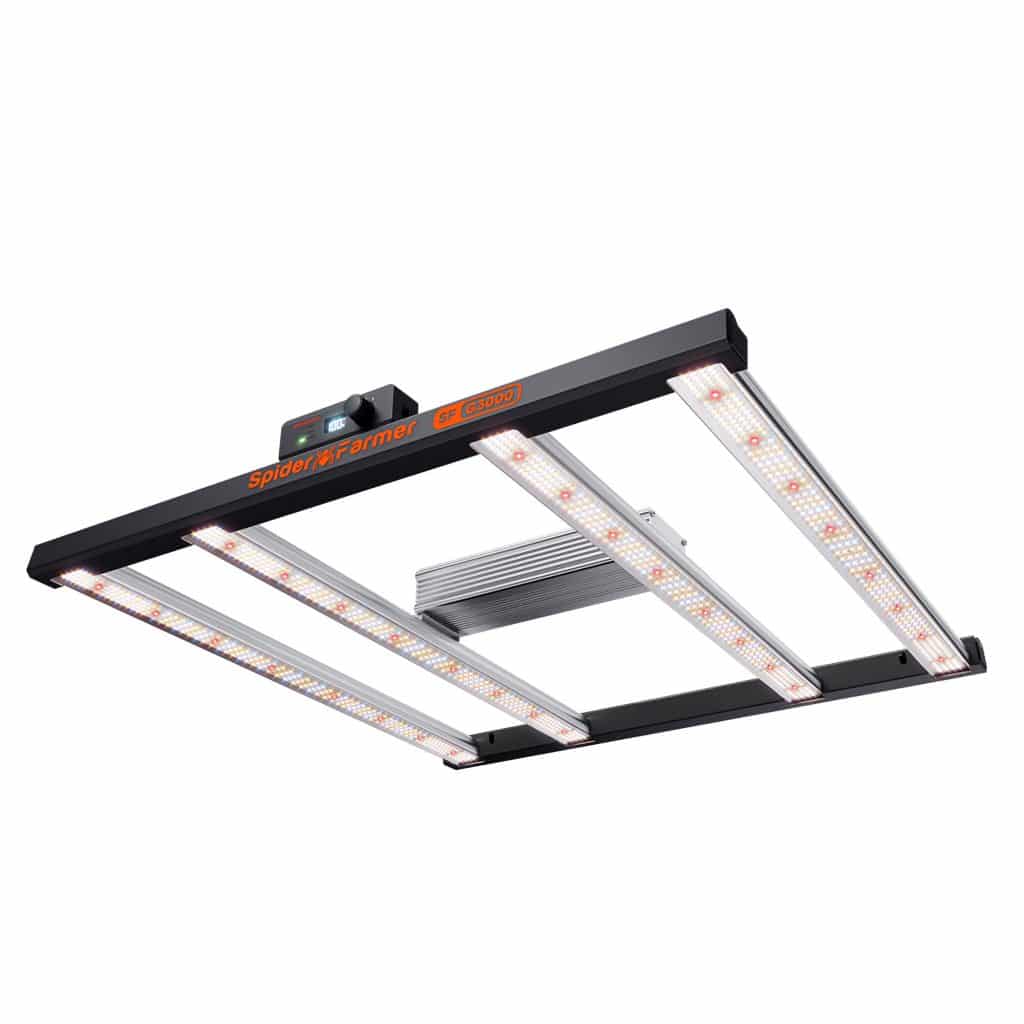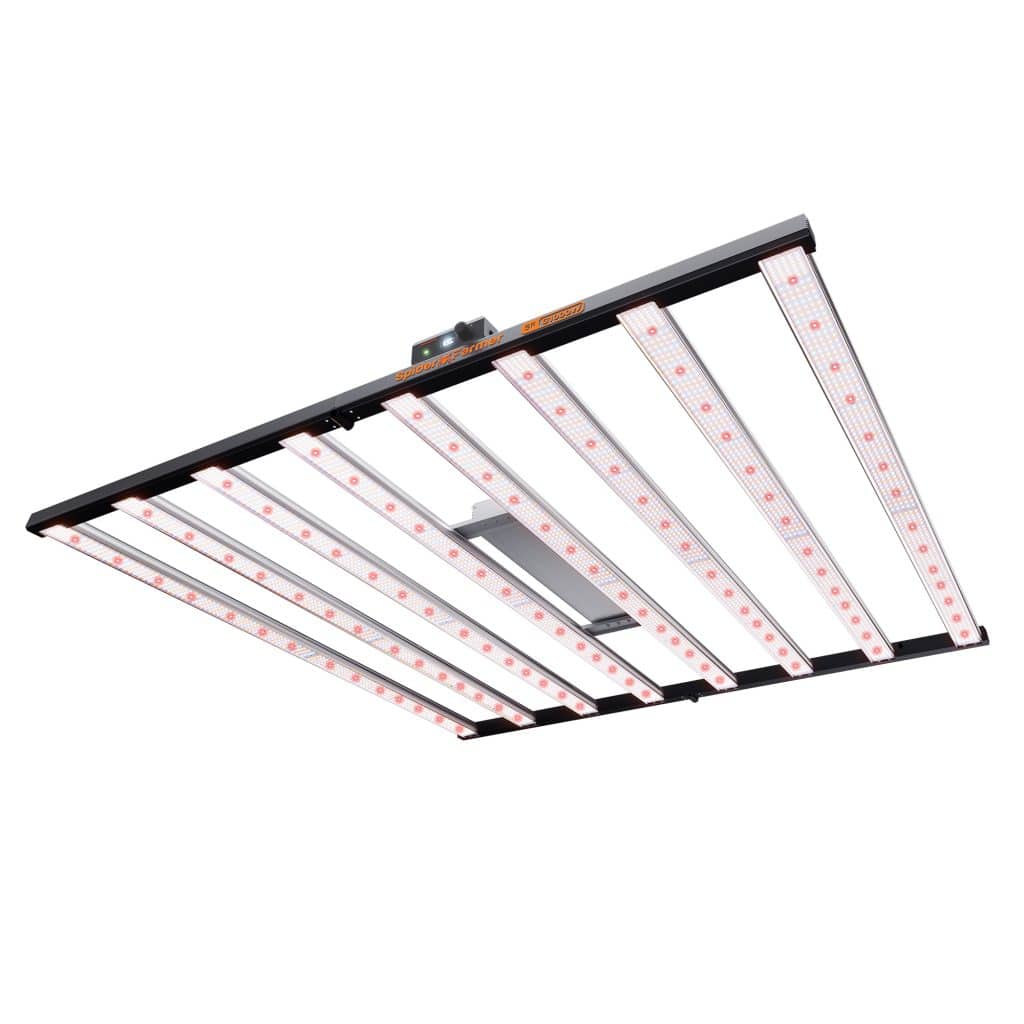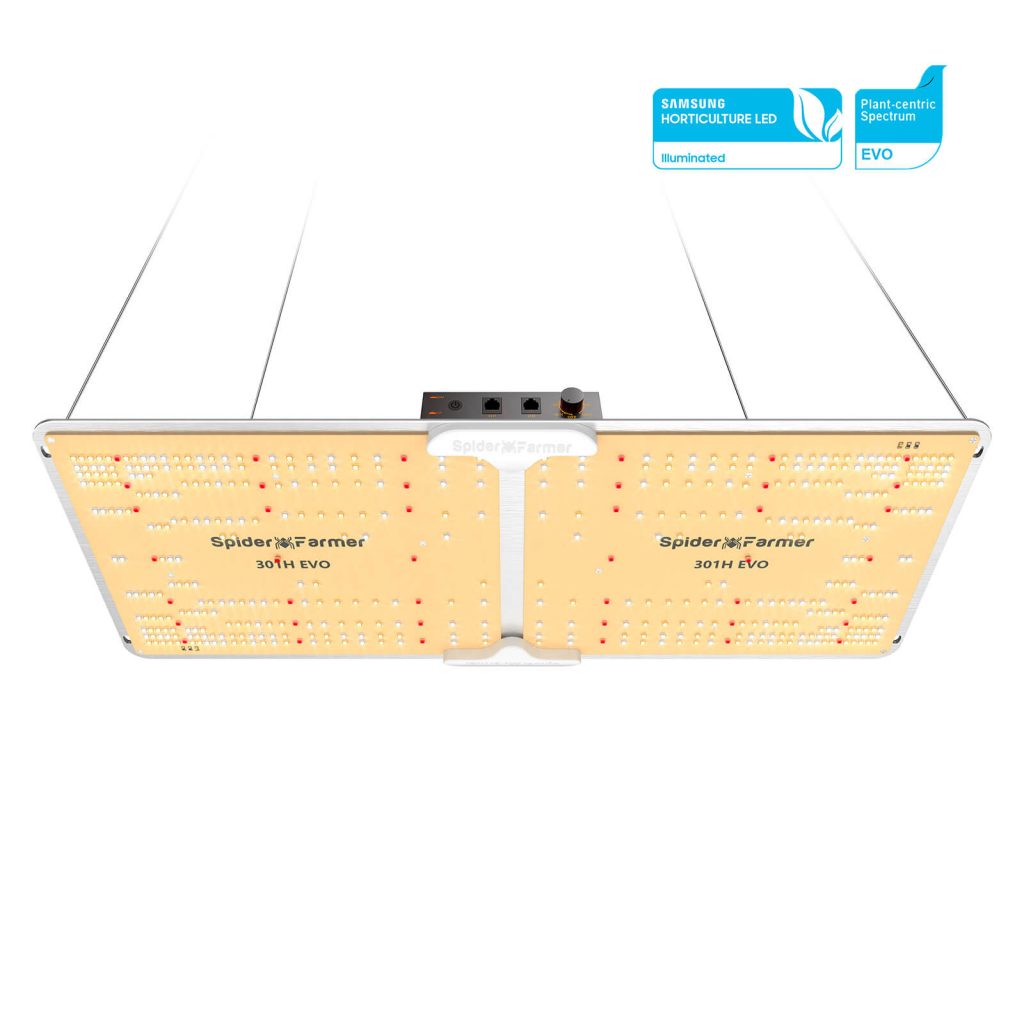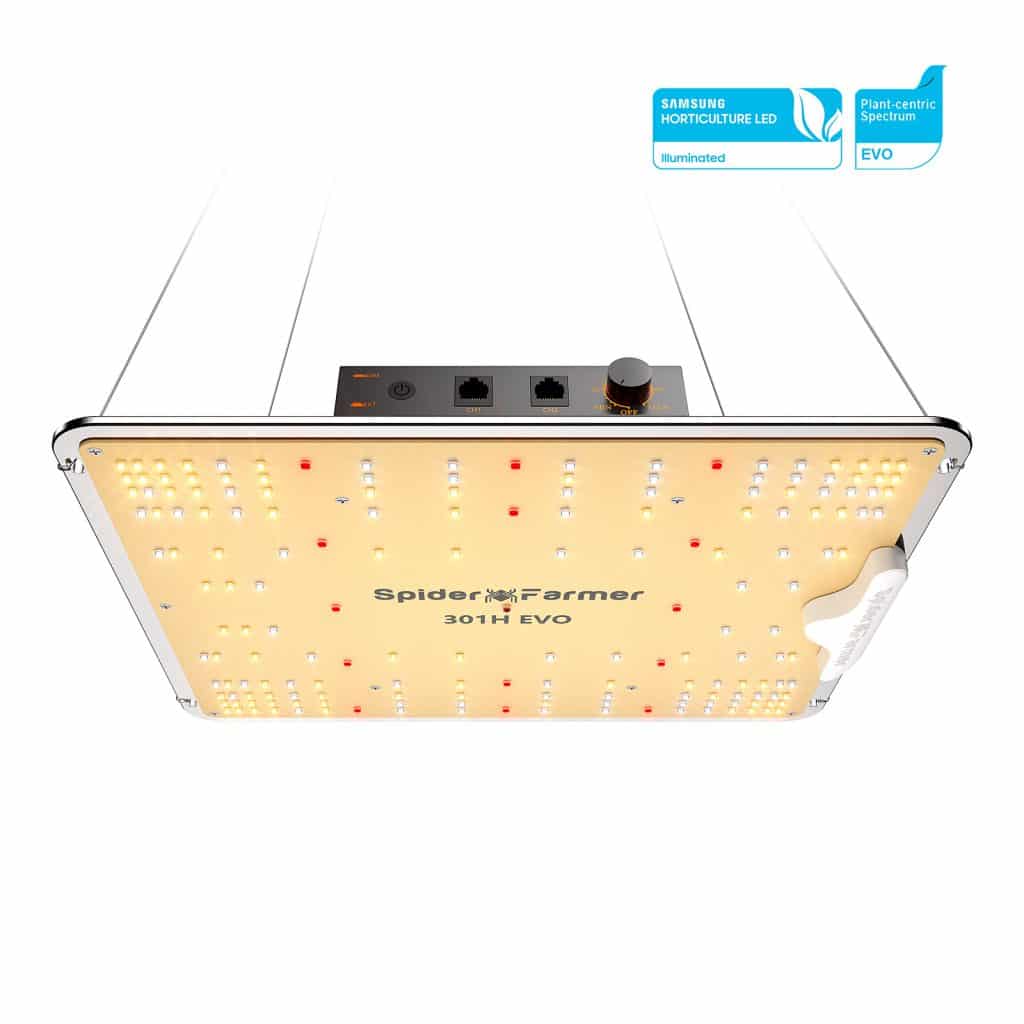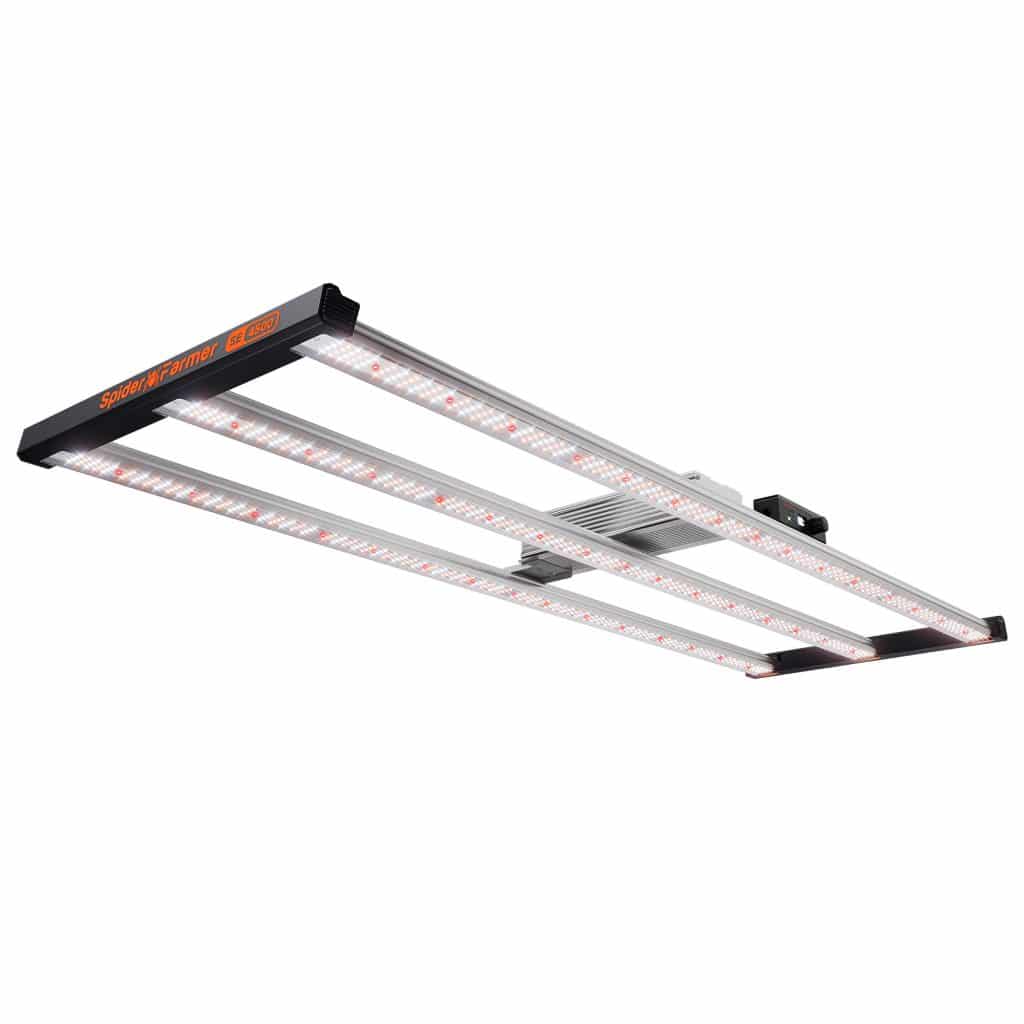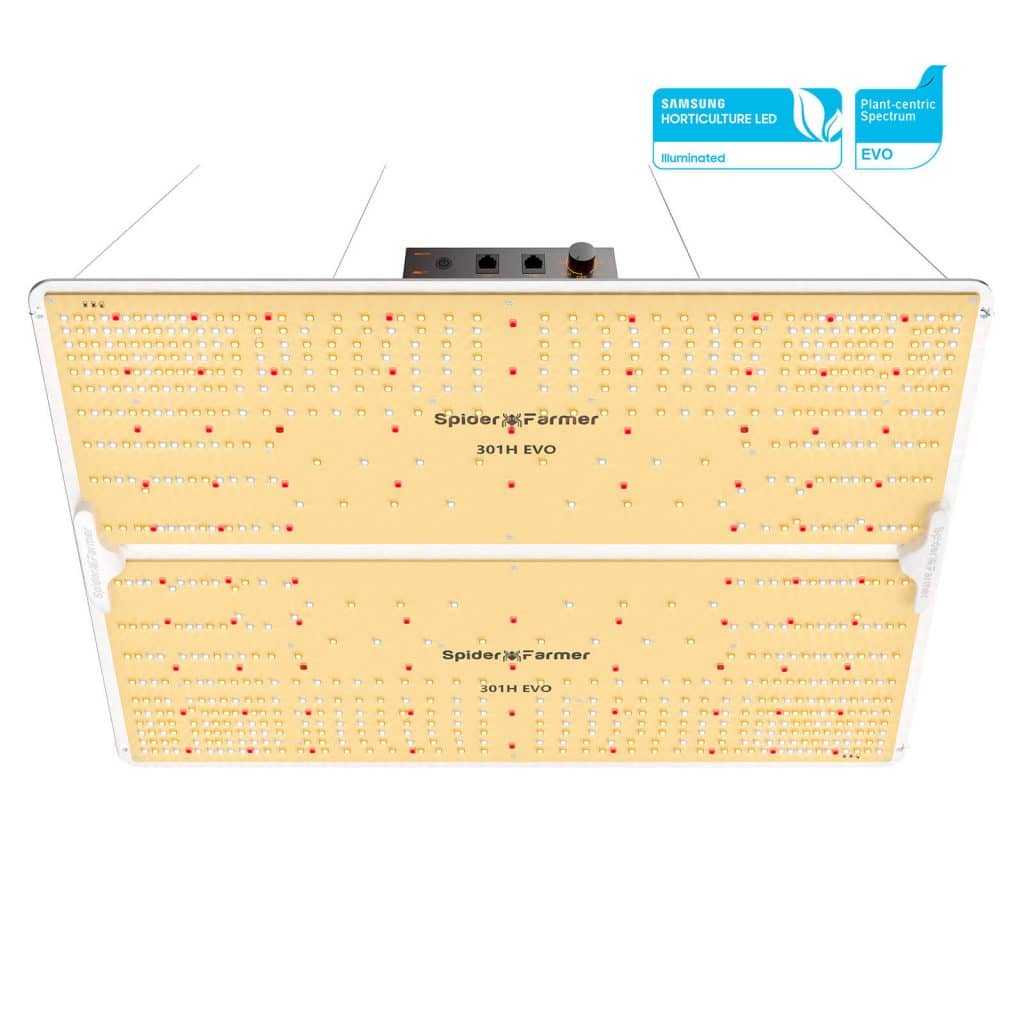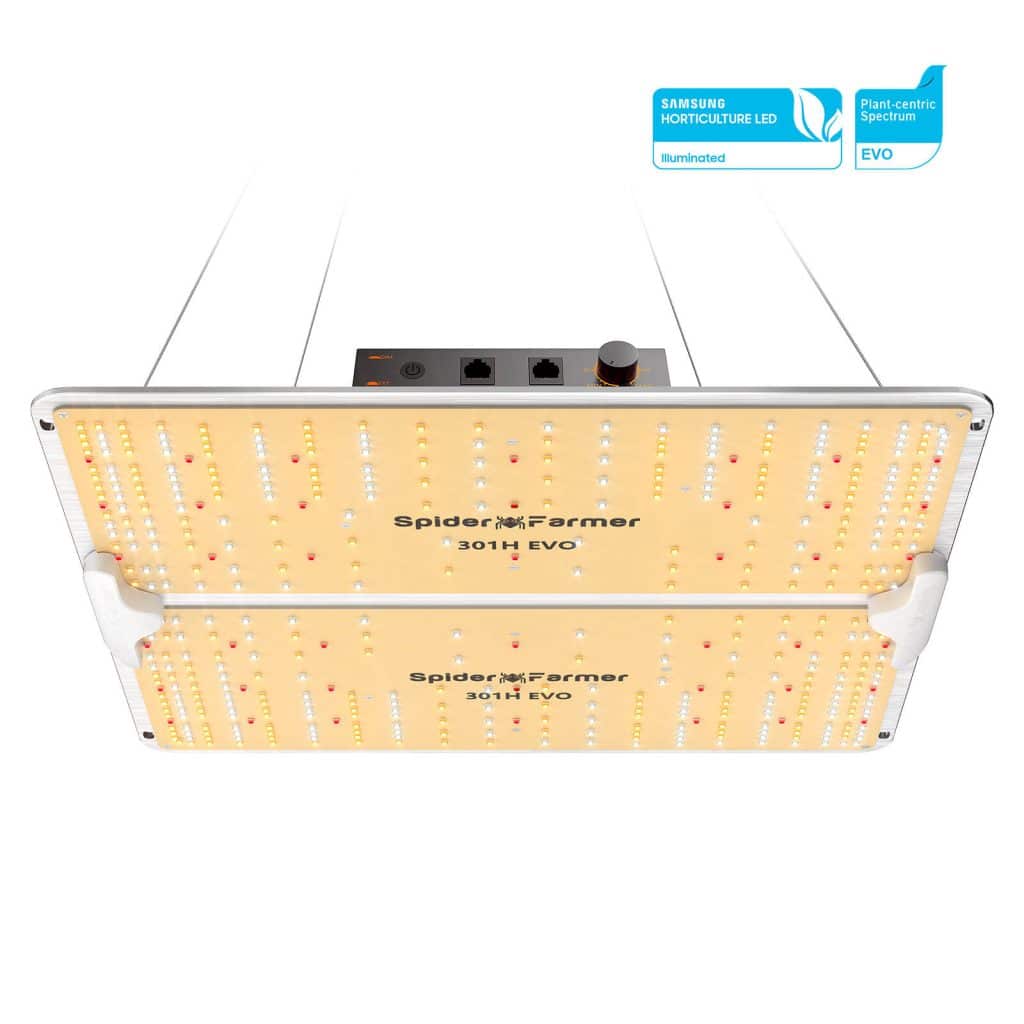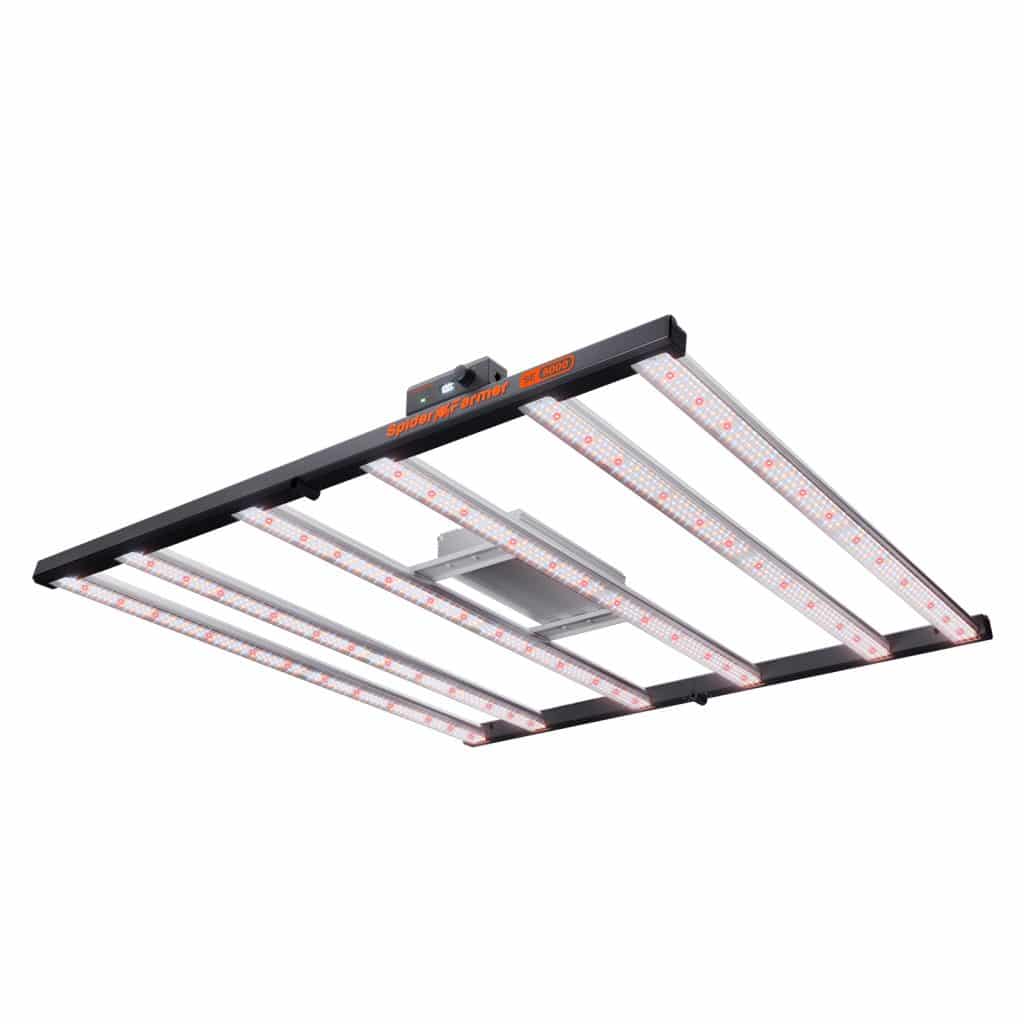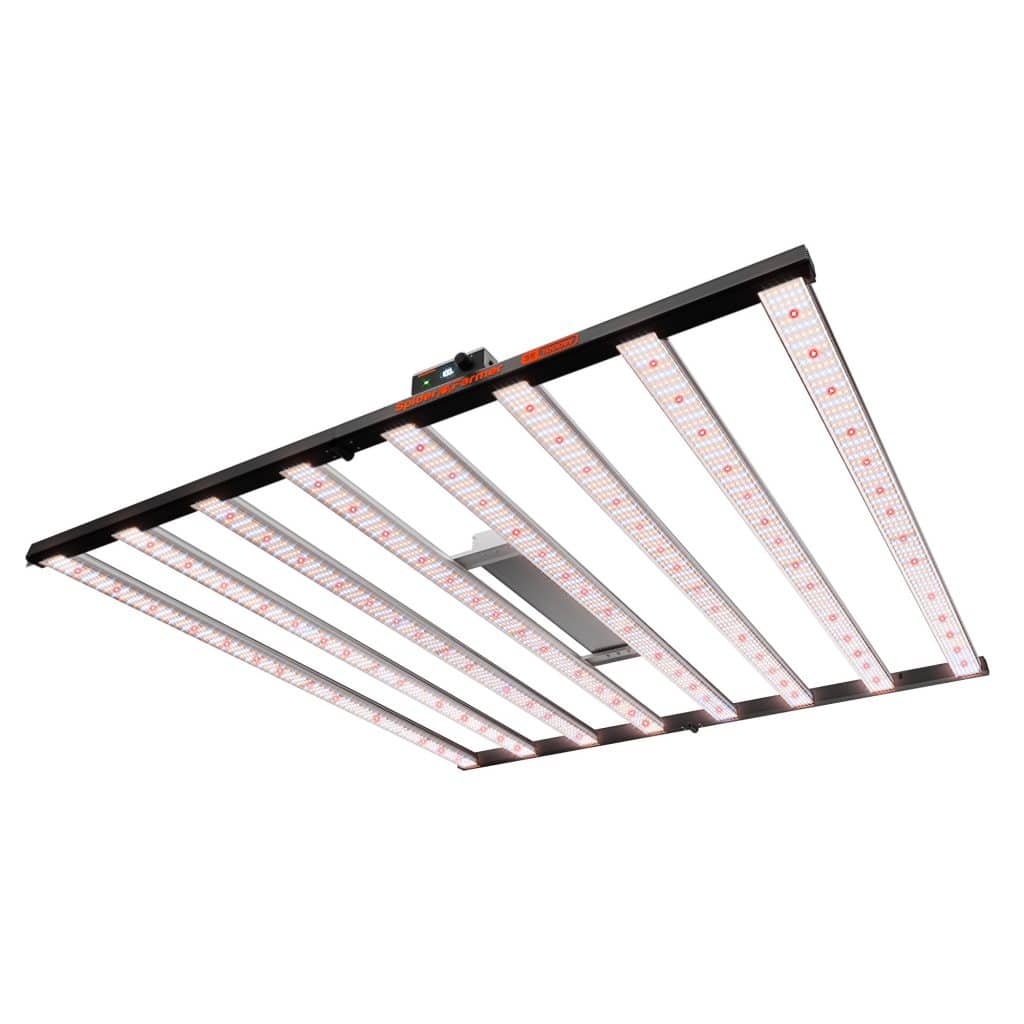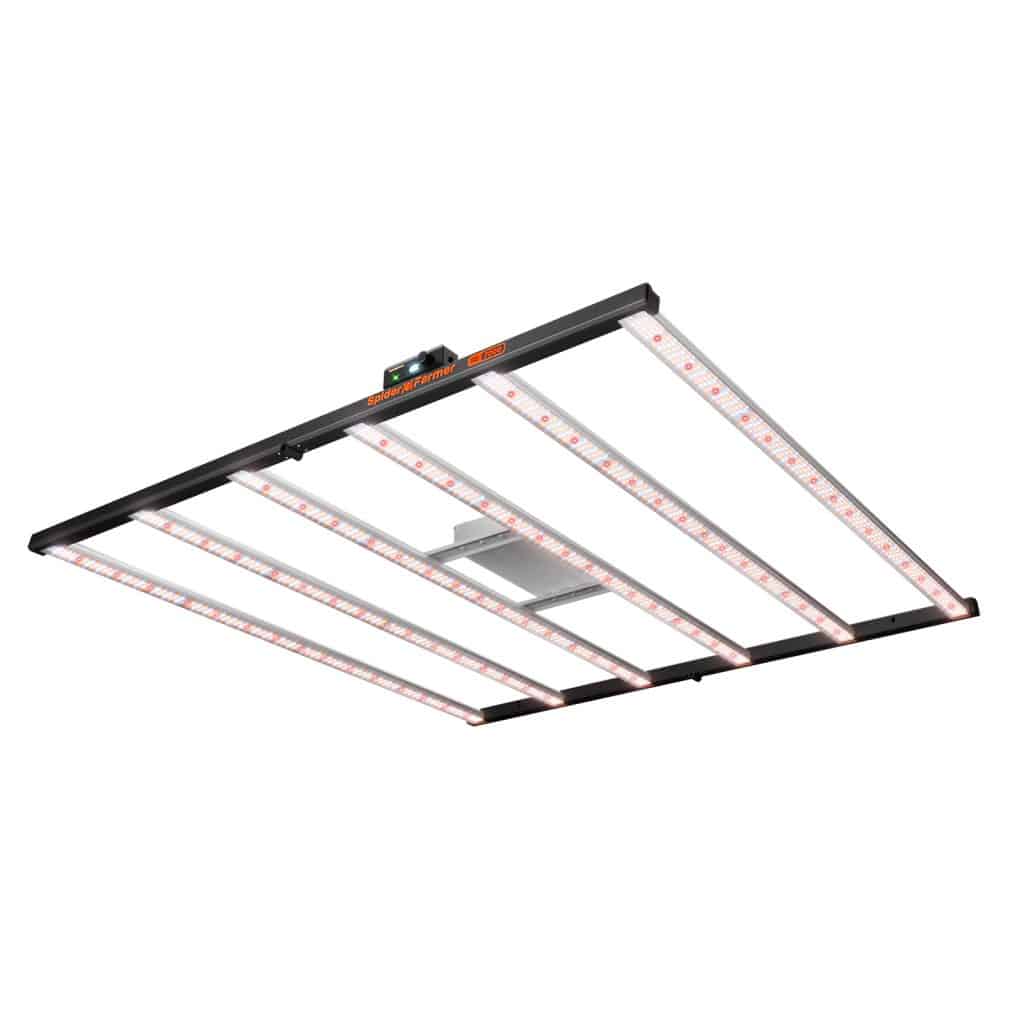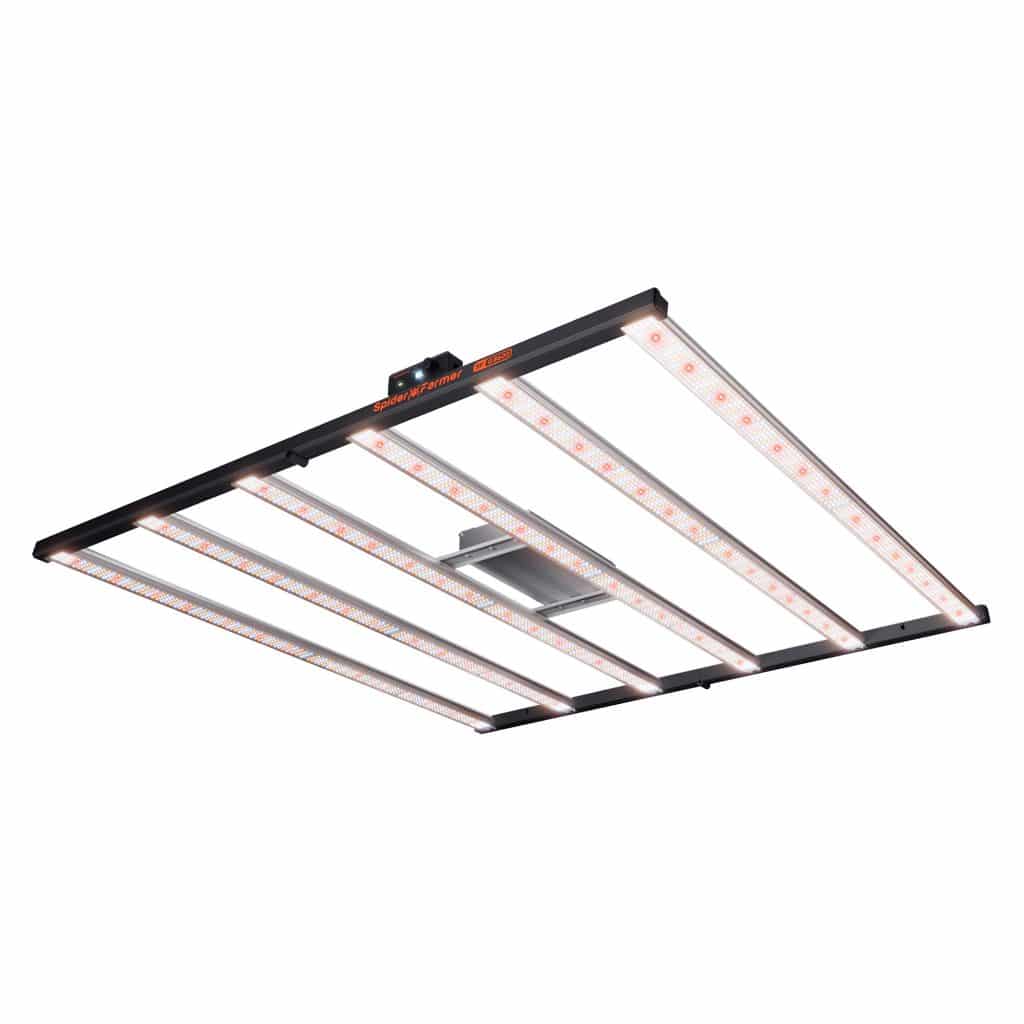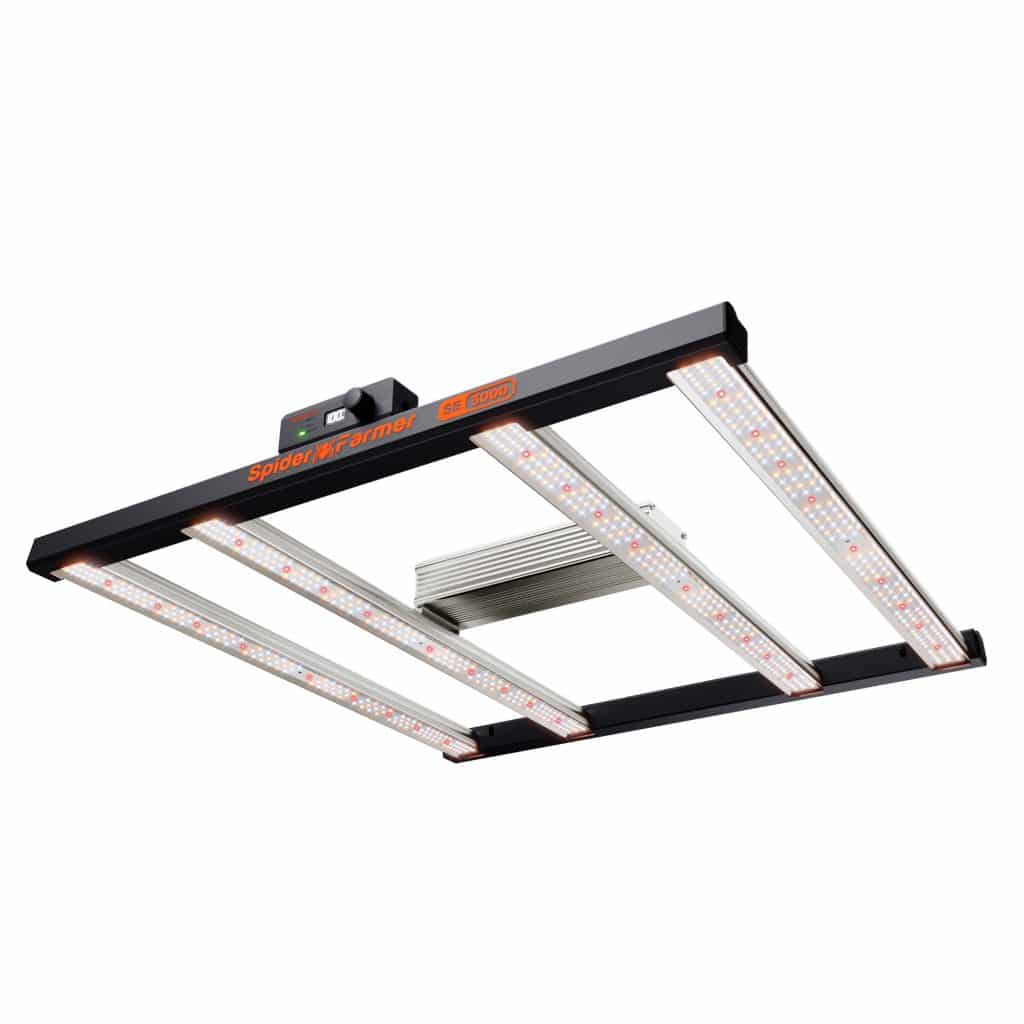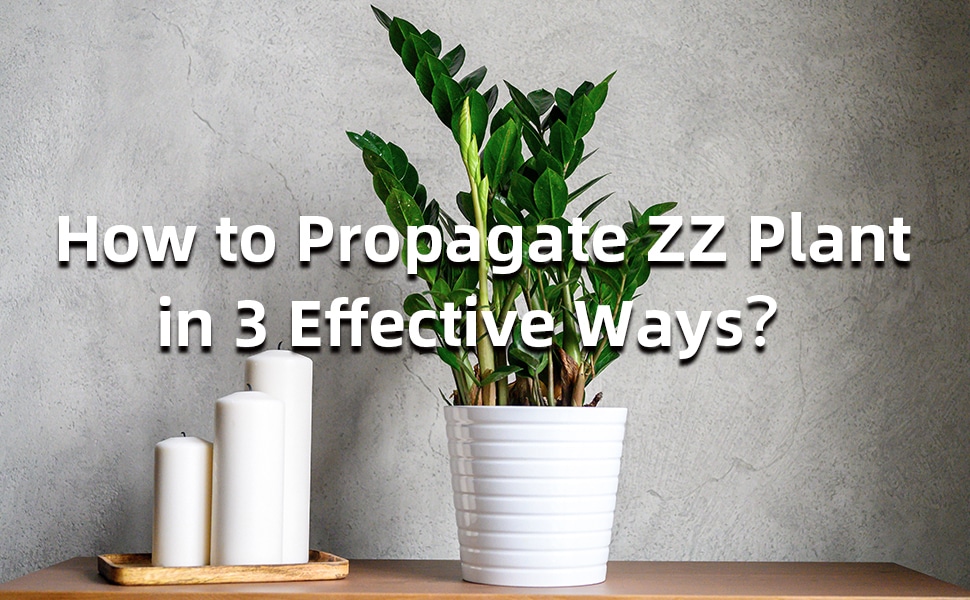How to Propagate a ZZ Plant
Propagating plants is a fantastic way to expand your indoor garden collection without spending a dime. Today, we’ll focus on ZZ plant propagation, also known as Zamioculcas zamiifolia. The ZZ plant is a popular houseplant known for its striking, glossy leaves and low-maintenance nature.
Whether you're a seasoned plant parent or a beginner, propagating ZZ plants at home can bring numerous benefits and a sense of accomplishment. Let’s start!
When to Propagate ZZ Plant
There are several varieties of ZZ plants, with each variety having its unique charm, all share the same hardy characteristics that make propagation a breeze. Although you can propagate ZZ plants indoors throughout the year, the best results are typically achieved during the plant's active growth period, which generally occurs in the spring and summer months. During these months, the plant's growth hormones are at their peak, increasing the chances of successful propagation.
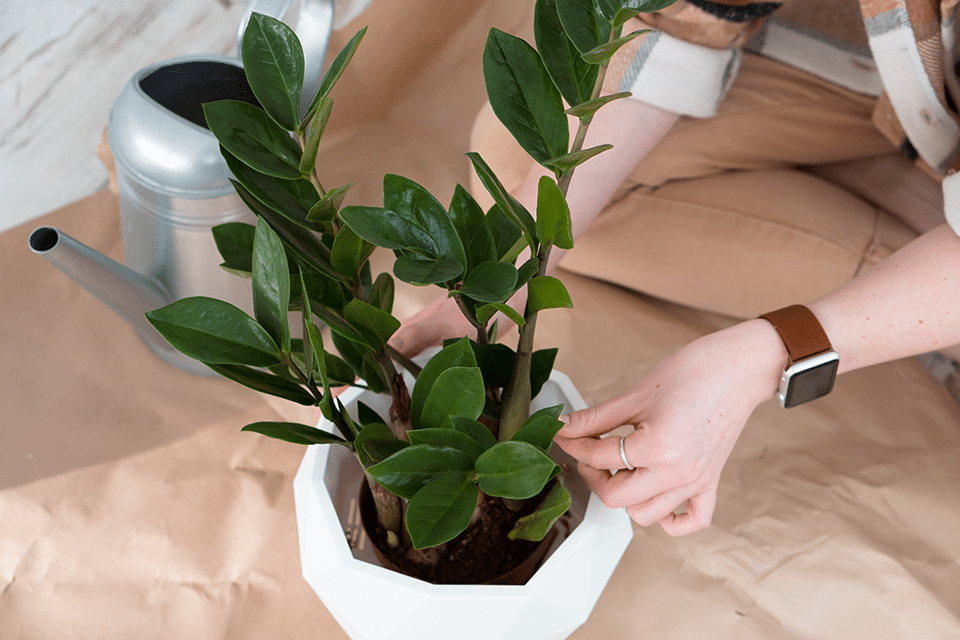
How to Propagate ZZ Plants with Stem Cuttings
Using stem cuttings to propagate ZZ plants is an easy and effective method to yield faster for ZZ propagation.
Step 1: With sharp, sterilized pruning shears or scissors, cut a stalk from your ZZ plant close to the base of the stem.
Step 2: Fill a small glass container with enough water to submerge the bottom of the cuttings. Place the cuttings in the water and situate the container in a location that receives bright, indirect light, such as a windowsill. Change the water every few weeks to keep it fresh.
Step 3: After the cuttings have developed rhizomes and roots at least one inch long, which usually takes about 3 to 4 months, it's time to repot them in soil. Use a small plastic or terracotta pot filled with well-draining potting soil to plant the rooted cuttings.
How to Propagate ZZ Plants with Leaf Cuttings
If you don’t have many stems available, propagating ZZ plants using leaf cuttings is also a good start. This method requires only one healthy leaf, though starting with 3 to 5 leaves is recommended since this approach is slightly less reliable than using stem cuttings. Also, propagating ZZ plants from lead cuttings takes longer to root.
Step 1: Use sterilized pruning tools to cut leaves from your ZZ plant as close to the stalk as possible, including a small piece of the stem with each cutting.
Step 2: Fill a shallow pot with well-draining potting soil. Insert the base of each leaf into the soil, ensuring the top of the leaf remains above the surface. Water the leaves gently so that the soil is evenly moist but not soaked.
Step 3: Continue to water the leaf cuttings when the soil dries out completely. After 3 months, small rhizomes and roots should start to form at the base of the leaves. Keep caring for the cuttings, and eventually, you will see small shoots emerging from the new rhizomes.
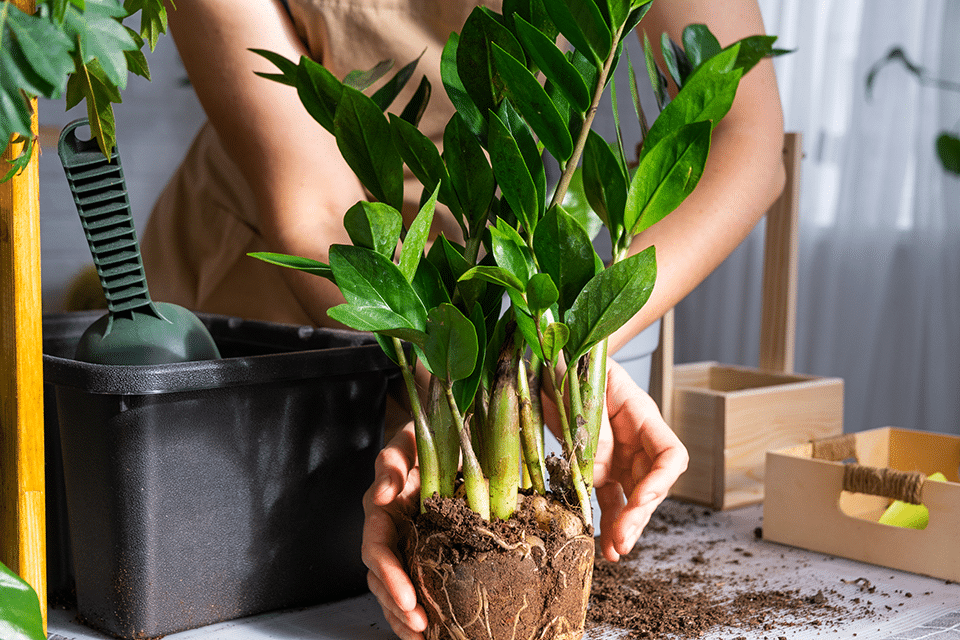
How to Propagate ZZ Plants by Division
Propagating a ZZ plant through division is one of the quickest methods to produce new plants, as this method takes advantage of fully grown ZZ plants by splitting a mature plant into smaller sections, each capable of growing independently. When new stem shoots emerge from the rhizomes, it means your plant is ready for division.
Here's how you can propagate your ZZ plant by division:
Step 1: Carefully remove the mother plant from its pot, gently loosen the soil, and divide the plant into multiple sections. Each section should have both leaves and roots.
Step 2: Place each divided section into fresh, well-draining soil in pots with drainage holes. The newly divided plants are already mature, so they should establish quickly. However, if they don't grow immediately, they might be experiencing stress from the division. Give them some time, and they should recover without any problems.
Common Mistakes to Avoid When Propagating ZZ Plants
Overwatering
One of the most common mistakes in caring for ZZ plant propagation is overwatering. ZZ plants are quite drought-tolerant and prefer their soil to dry out completely between waterings. Overwatering can lead to root rot, which not only damages the root system but can also cause the plant to die. To avoid overwatering, a good practice is to allow the top inch of soil to dry out before giving your ZZ plant another drink.
Insufficient Light
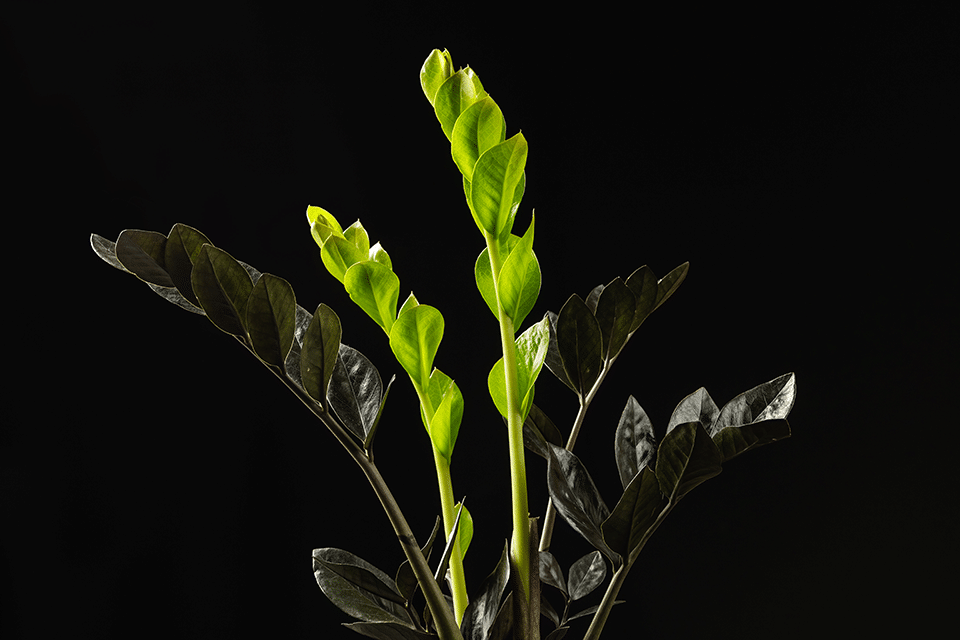
While ZZ plants are known for their ability to tolerate low light conditions, insufficient light can slow their growth and lead to leggy, weak stems. For optimal growth, ZZ plants need bright, indirect light. Placing them near a window where they can receive filtered sunlight can significantly enhance their growth and overall health. If natural light is limited, consider using grow lights to supplement their lighting needs. However, avoid direct sunlight, as it can scorch the leaves.
Using Incorrect Soil
ZZ plants thrive in well-draining soil that mimics their natural habitat. Using the wrong type of soil, such as heavy, clay-based soil, can retain too much moisture and suffocate the roots. Instead, opt for a potting mix designed for succulents or cacti, which typically includes ingredients like perlite or sand to improve drainage.

